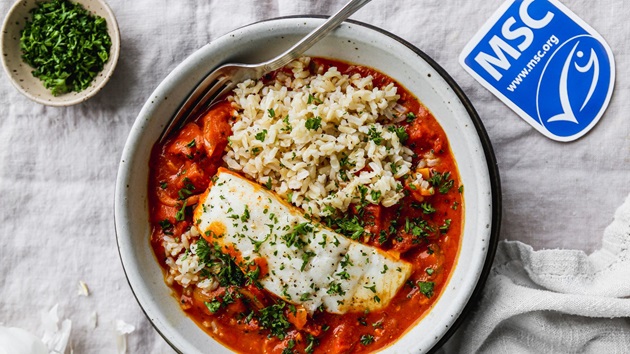1. Waste Not, Wave Not: Ocean Regenerative Farming
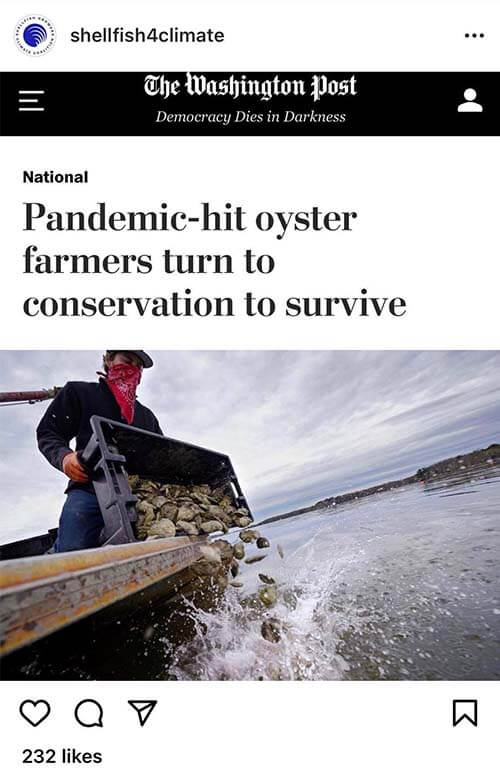
Photo Source: @shellfish4climate via Instagram
Restorative aquaculture, specifically regeneratively farmed kelp and shellfish is gaining momentum with small, locally-owned oyster farms, like True Chesapeake Oyster Co., growing in popularity across the eastern US. Beyond ensuring the freshest seafood possible that supports local businesses and jobs, this kind of oyster farming is also helping to restore marine environments! Expect to see this become mainstream over the next decade.
2. SEAspreads

Photo Source: @chefcharlottelangley via Instagram
Umami-rich dips using leftovers and spreads using various roe/fish eggs like herring, salmon, and lumpfish are the yummiest way to level up the Seacuterie Board trend of 2021. From creamy Greek Taramasalata using fish roe with potatoes to herb-filled dips with deli-style smoked wild fish, – this trend is a great way to explore different cultural flavor profiles.
3. Mentaiko and Fermented Fish
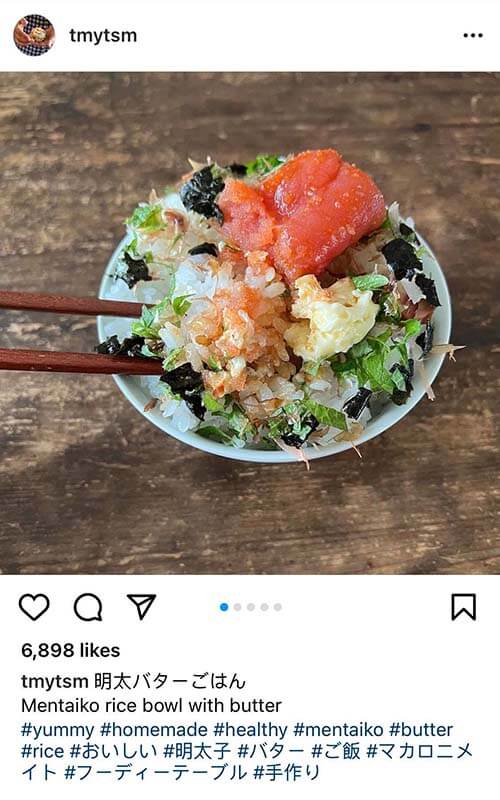
Photo Source: @tmytsm via Instagram
Mentaiko, which originates from Korea and Japan, is pollock roe that’s marinated in seasonings like chili powder, sesame oil, spicy mustard, and sake. This flavor profile is showing up on Western menus in new carb/condiment combinations such as pasta and baked goods. Watch for Mentaiko to land in specialty products like packaged snacks and creamy condiments like mayonnaise over the next year.
Sometime in the future, we could even see MSC certified options using roe from Alaska pollock - a fishery that uses their fish from top to tail.
Products like fish/oyster sauces and intensely cured seafood ingredients are destined to pop up in more and more foodie content!
4. Unique Sea Vegetables
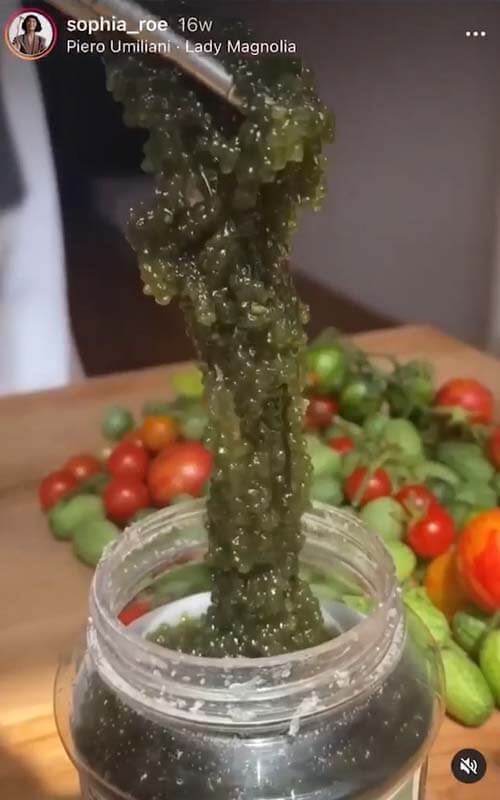
Photo Source: @sophia_roe via Instagram
In recognition of the growing popularity and need for sustainable seaweed, the ASC and MSC jointly launched a Seaweed Standard that recognizes environmentally sustainable and socially responsible seaweed production. Look for it to come on products in the coming years.
Alaska’s Barnacle Foods uses harvested seaweed in its pickles and salsas.
5. Tracking and Unpacking
Photo Source: @mimicalab via Instagram
Post-pandemic, seafood providers continue to innovate on delivery and packaging solutions (from frozen to fresh meal kits) with added transparency and safety. Beyond looking for the MSC Blue Fish Label certification that ensures end-to-end supply chain verification that includes traceability requirements, expect to see more companies adopt new smart sensors and labels that add to seafood safety and minimize waste from spoilage.
6. Ocean Bakery or FISHwich 2.0

Photo Source: @thatgirlgick via Instagram
7. Extended Choices and Invasivores
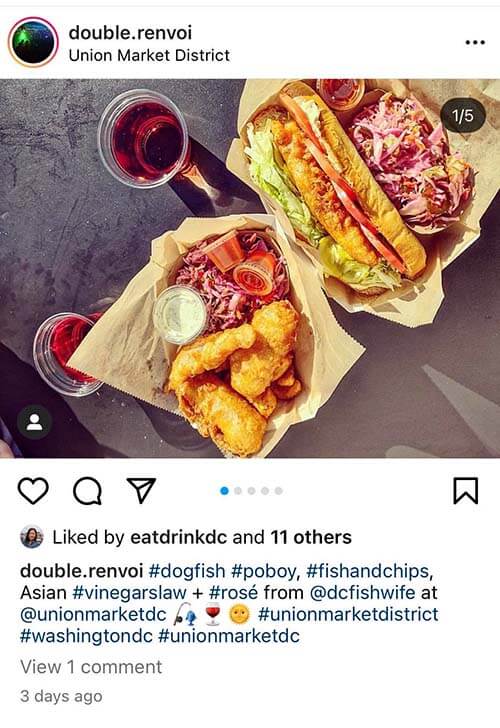
Photo Source: @double.renvoi via Instagram
The urgency of eating invasive species could become as central to eco-conscious consumption as reducing plastic or carbon footprints. The MSC certifies various US Atlantic Spiny Dogfish and other sustainable invasivore fisheries.
8. Super Umami Boosters
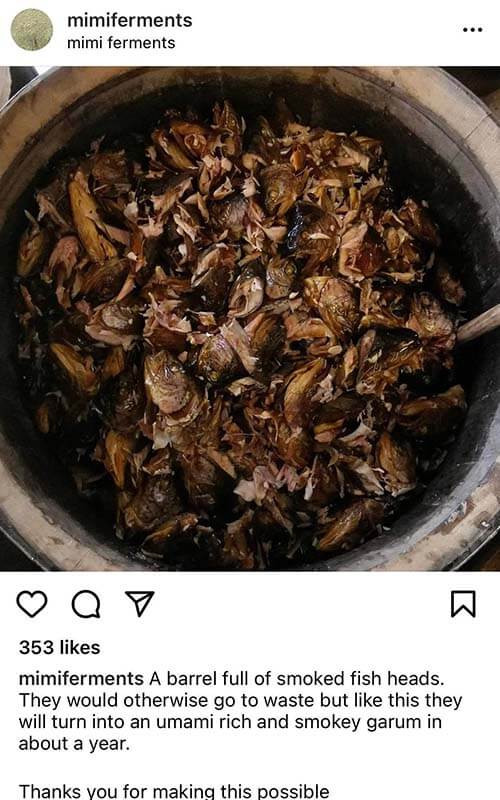
Photo Source: @mimiferments via Instagram
This relationship is intensifying…starting with flavor!
9. Welcome to Flavor...Continent!
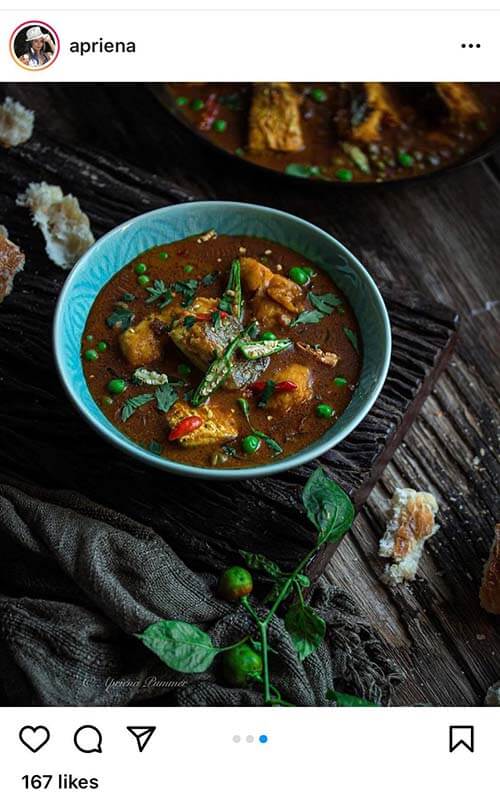
Photo Source: @apriena via Instagram



